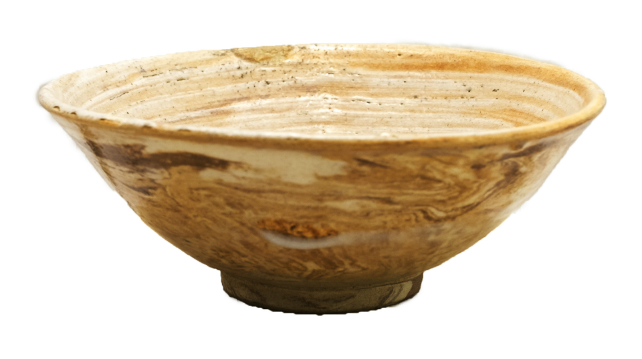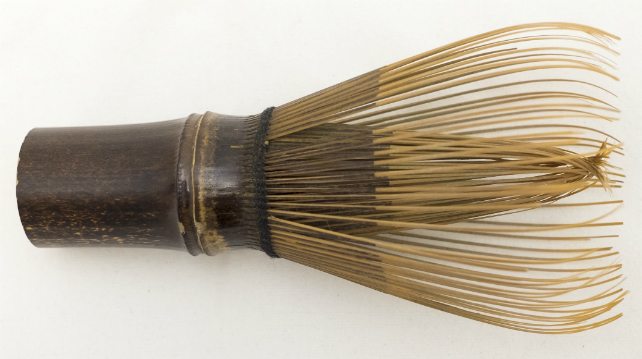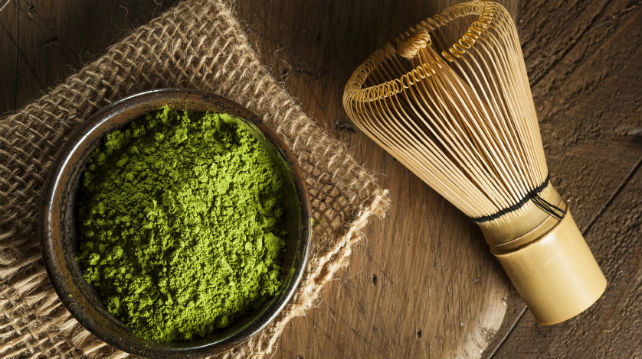Kuala Lumpur’s ever-evolving food and drink scene is currently host to a covert revolution from the Far East, one that’s taking seed and infiltrating the market quietly, like a ninja flitting across rooftops on a moonlit night. Get ready to meet matcha, the powdered green tea hailing from Japan that’s in vogue on our shores, served up in a proliferation of delectable beverages and desserts.
“In Japan, there are about eight to nine types of green tea, but matcha is the only type that is in powder form. To be more specific, matcha is made from stone-ground, shaded green tea leaves,” says Syun Hattori of Niko Neko Matcha. It’s matcha’s powder form that truly sets it apart from your average cup of green tea. “While most green teas are pressed and rolled after they have been steamed to stop fermentation, matcha is not rolled. Instead, the leaves are dried, then cut into small parts and ground to powder with stone mills,” explains Alan Mark, director and tea instructor of Maikotea Malaysia. The way matcha is traditionally prepared for consumption only adds further to its mystique. “All other green teas are usually drunk after infusion – meaning we pour hot water on the tea leaves and let them steep – but matcha is not infused,” Alan highlights. Rather, matcha is whisked into the water with a brush before being served.
For the true tea connoisseur, here’s a quick guide on the flavour notes you should look out for. “One of the most crucial taste profiles of matcha is what we call the ‘umami’ taste,” Syun points out. “Umami is characterised by a mellow, brothy and creamy flavour that’s usually experienced when drinking fish or meat broth.” Matcha’s unique flavour can be attributed to the amino acids in the tea leaves too, Alan notes. “The higher the grade of the matcha tea leaves, the ‘sweeter’ they taste.”

Shallow matcha bowl
But don’t expect your taste buds to be assaulted with an immediate sugary hit when you sip matcha, as you would from a regular teh o’ at the mamak. Rather, let the flavours gently wash over your senses. “Matcha has a natural, subtle sweetness. It can take some time for most people to detect this sweetness as much of our Malaysian food is either very sweet or heavily loaded with spices – our taste buds might even dislike the purely natural taste [of matcha] at first!” If you’re feeling daunted by this revelation, Alan is quick to offer assurance that after a few tries, your palate can become cleansed, allowing you to rejoice in the drink’s spectrum of flavours, which he personally describes as “sweet, with a tinge of vegetable-like ocean flavour.”
Matcha’s popularity has also witnessed its explosion into the gastronomy scene as a vital, game-changing ingredient. “In the current market, all green tea desserts or pastries are actually matcha desserts,” Syun explains. Thanks to its powder form, it can be utilised in a range of different ways. “People have become more creative and gone beyond just cakes, desserts and ice creams – you can now find cold brew matcha, matcha cocktails or mocktails, and even matcha nitrobrew.” Here’s a fun fact for the true foodie at heart: in Japan, matcha’s country of origin, it’s even used in soba noodles and beer, not to mention a wide selection of confectionaries.
So what are you waiting for? Get out there and try matcha for yourself!

Purple chasen
Matcha 101
Vital stats you need to know about matcha
1. Higher grade matcha has a fresher, brighter green colour that results in more beautiful creations. Lower grade matcha tends to be pale green and even brownish.
2. The two types of amino acids that dictate the taste of matcha are L-theanine and Catechin. L-theanine gives matcha a natural umami taste, while Catechin lends it an astringent flavour. The difference in the levels of these two amino acids affects the matcha’s grade and taste profiles. Higher grade matcha tends to contain more L-theanine and has a stronger umami taste.
3. Drinking matcha lets you consume 100% of its nutrients. When you drink regular tea, you only receive 30% of its beneficial nutrients as 70% of the vitamins and minerals remain in the leaves, which are often discarded after brewing.
4. Traditional matcha is prepared with much fanfare; it requires tools such as a chasen (bamboo whisk), a chashaku (bamboo spoon), a matcha bowl, and of course, matcha powder.
- T -
